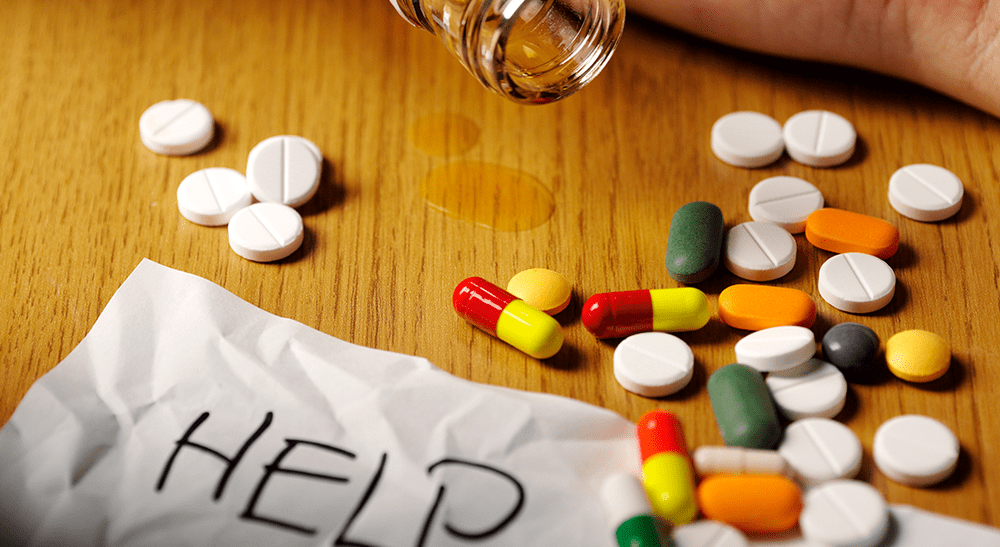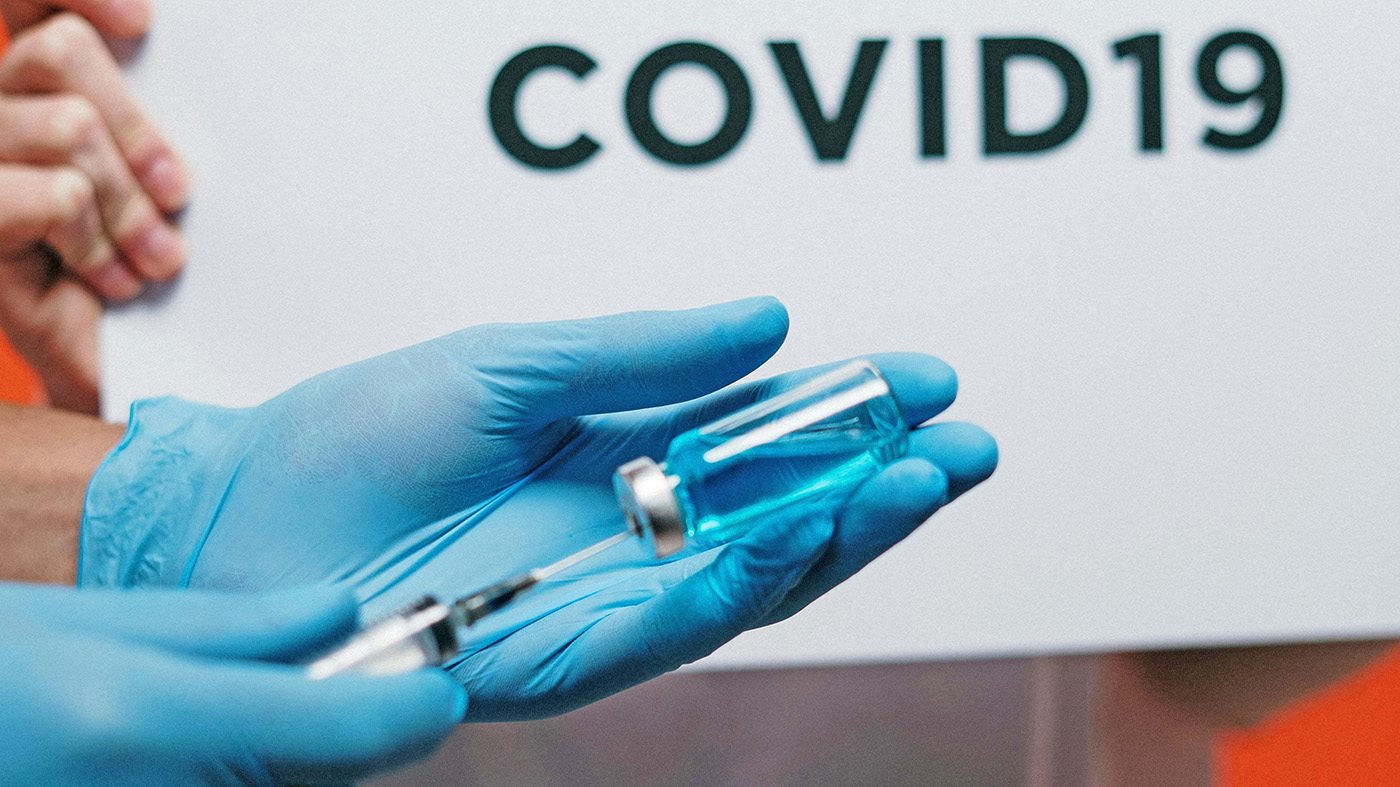September 18-24 is Prescription Opioid and Heroin Epidemic Awareness Week.
“This week, we reaffirm our commitment to raising awareness about this disease and supporting prevention and treatment programs. Let us ensure everyone with an opioid use disorder can embark on the road to recovery, and together, let us begin to turn the tide of this epidemic.” — President Barack Obama
Over 560,000 Veterans Treated for Disorders in 2015
VA is a leader in the prevention and treatment of substance use disorders (SUD), providing treatment for over 560,000 Veterans, including treating over 61,500 Veterans with opioid use disorders, such as heroin or prescription opioid use disorders, in FY 2015.
Patients with less severe substance use problems may receive brief interventions and/or SUD pharmacotherapy in primary care or general mental health settings.
Specialty Programs Cover Wide Range of Treatments
For those with more severe disorders, specialty SUD treatment programs provide intensive services including detoxification, psychosocial treatments, medication to reduce substance use, case management and relapse prevention, and treatment for co-occurring mental health conditions. Over 152,000 Veterans received care in specialty SUD treatment programs in FY2015.
Medication-Assisted Treatment (MAT) is the most evidence-based treatment for opioid use disorders. MAT includes counseling or psychotherapy, close patient monitoring, and medication, including methadone, administered through an Opioid Treatment Program.
VA has been expanding access to MAT for patients with opioid use disorders. According to the latest data for 2016, VA has treated 23,117 patients with MAT, up from 19,333 patients in 2014, a 20% increase in patients treated in just 1.5 years.
Making Patients Safer
In addition to providing comprehensive health care services for patients with substance use disorders, VHA has also implemented innovative programming to reduce risk and harms related to opioid use disorders.
Reversing an Overdose
Naloxone is a medication that can reverse a potentially fatal opioid overdose. VA implemented an Overdose Education and Naloxone Distribution program in 2014. Patients at elevated risk of accidental or intentional overdose receive training on how to identify an overdose and a use a kit including naloxone to reverse the overdose and save a life. The program has dispensed 42,568 naloxone prescriptions to 37,349 patients.
Helping Staff Identify Patients at Risk
VA used predictive modeling techniques to develop a decision support system to help health care providers estimate patient risk of opioid overdose, display risk factors, and encourage use of clinical strategies to reduce risk.
The Stratification Tool for Opioid Risk Mitigation (STORM) is available to providers in VA nationally and can be used to reduce the likelihood of an adverse event in patients already using opioid medication, taking opioids illicitly, or considering an opioid analgesic prescription.
Reducing Sedative Prescribing in Patients Taking Opioids
When taken together with opioids, sedative medications can increase the likelihood of an overdose and the risk of developing a substance use disorder. VA’s Psychotropic Drug and Opioid Safety Initiatives provided clinicians with education and training plus clinical informatics tools to help them avoid prescribing sedatives and choose more effective treatment options for patients. Since the start of these programs in 2012, VA has reduced the number of patients on risky combinations of sedative medications and opioids by 57,734 patients, a 47% reduction.
Improving Screening for Substance Use in Patients Taking Opioids
Early identification of substance use disorders can reduce risk for patients receiving opioid medications. In 2010, the VA/DOD Clinical Practice Guideline for Chronic Opioid Therapy encouraged regular use of urine drug screening in patients prescribed opioids to help identify patients needing care for substance use disorders.
VA used performance measures, education, and other management techniques to encourage use of urine drug screening and successfully increased urine drug screening rates for patients on chronic opioid therapy from 29% when the guideline was released to 78% in FY16. Greater use of urine drug screening was associated with lower risk of overdose and suicide-related events in VA patients.
Find a Treatment Program Near You
VA maintains an online SUD treatment program locator that Veterans can use to contact a specialty SUD treatment program near their home. Select from the “PROGRAM” drop-down list and enter your zip code.

Topics in this story
More Stories
Study underscores important role COVID vaccination can have in protecting Veterans from infection and reducing long-term health consequences
Columbia VA’s robotic surgery teams completed their 800th robotic surgery and are on schedule to hit 1,000 by the end of the year.
In a decentralized clinical trial, Veterans can participate from their own homes or local VA instead of having to travel to a research site.






